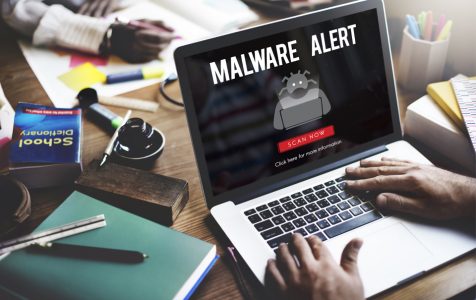The rlls.dll file stands out in the digital landscape but not for commendable reasons—it’s a part of software that’s often classified under the umbrella of potentially unwanted programs (PUPs), specifically belonging to RelevantKnowledge. The program runs in the background and lacks a visible window, operating quietly on the system, often without the user’s explicit consent.
The rlls.dll file is associated with the RelevantKnowledge, which falls within the scope of market research. It’s supposedly used to gather anonymous user data to improve products and services. However, its surreptitious nature has raised concerns, leading to its detection as malware or a PUP by various antivirus products.
RelevantKnowledge is created by TMRG, Inc., and it is typically found within the C:\Windows\System32 or C:\Program Files\RelevantKnowledge directories on your computer. As a dynamic link library (DLL) file, it contains code and resources that can be utilized by multiple programs, which is standard for DLL files.
Many users and automated systems suspect rlls.dll of malicious activity because it has the capability to monitor applications, manipulate other programs, record keyboard and mouse inputs, and connect to the Internet. This kind of behavior can be indicative of spyware or adware, raising flags about user privacy and system integrity.
Expert Tip: For smoother PC performance, consider using a PC optimization tool. It handles junk files, incorrect settings, and harmful apps. Make sure it's right for your system, and always check the EULA and Privacy Policy.
Special offer. About Outbyte, uninstall instructions, EULA, Privacy Policy.
Is It Safe To Run rlls.dll?
Considering that most antivirus programs flag rlls.dll as hazardous with labels such as “Gen:Adware.Heur” by BitDefender or “Win32:Relevant-P [PUP]” by Avast, using a file with such reputation is discouraged. Its potential to interfere with system processes, eavesdrop on personal input, and modify other programs’ behavior is a blatant privacy infringement. This concern is compounded by reports of high CPU usage and system performance issues tied to this DLL file.
Could rlls.dll Be a Virus or Malware?
It’s not uncommon for users to find rlls.dll identified as a risk by their security software. This identification as a virus, trojan, or adware by prestigious security entities like Sophos, BitDefender, and others, cannot be ignored. The rlls.dll is often linked with disruptive and potentially unsafe behavior, which is why it’s not unwarranted to think of it as malicious.
How to Fix Issues Related to rlls.dll?
If you’re experiencing problems related to the rlls.dll file, the first step is to run an in-depth virus scan. Renowned malware removal tools like Fortect, Intego, or Malwarebytes are recommended for this purpose, as manually finding and eradicating such stealthy software could be quite challenging.
Here are the instructions to address issues with rlls.dll:
1. Run a Full Antivirus Scan: Deploy a trusted antivirus or anti-malware application to perform a thorough scan of your system to identify and isolate any threats.
2. Uninstall RelevantKnowledge: Access the control panel on your computer, navigate to “Programs and Features,” locate “RelevantKnowledge” or any associated software, and choose to uninstall.
3. Delete Residual Files: Even after uninstallation, some files or registry entries may linger. You may need to manually find and delete these remnants. Be cautious as editing the registry can be risky.
4. Restore the System: Use system restore points to roll back changes if your computer behavior became erratic post rlls.dll’s appearance.
5. Reboot in Safe Mode: If the standard environment is too compromised to execute these actions, consider restarting in Safe Mode with Networking and run the anti-malware tools for remediation.
6. Seek Professional Help: If you’re feeling out of your depth, it’s advisable to seek assistance from a professional who specializes in malware removal.
Throughout communities like forums.malwarebytes.com, many users share their experiences dealing with system optimizers and associated adware, reporting varied levels of success and struggle. For a glimpse into user experiences and community-guided solutions, you can peruse threads like the one on Malwarebytes’ forum dealing with PCMate Free Privacy Cleaner, another program often bundled with unwanted add-ons.
Malwarebytes Community Discussion.
The bottom line is that rlls.dll has enough red flags associated with it that it’s better to excise from your system. By following the provided instructions or utilizing a dedicated anti-malware program, users can shield their PCs from the adverse impacts of such PUPs. For Mac users, it’s important to note that the rlls.dll file is not applicable as it’s designed to function on Windows systems only.
